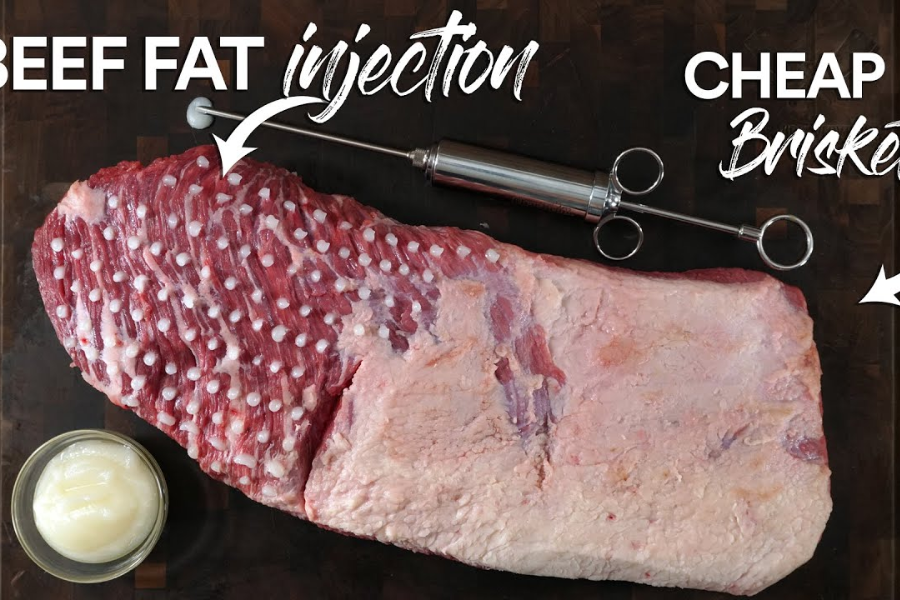How Long To Cook Pork Tenderloin In Oven At 350
One common technique for making juicy and flavorful pork tenderloin is to roast it in the oven at 350 degrees for about an hour. Finding the right equilibrium between flavor and tenderness in pork tenderloin is essential to cooking it to perfection. At a temperature of 350 degrees, for how long should a pork tenderloin be baked? You don’t need to worry about a thing.

ESTIMATE THE COOKING TIME
The cooking time for pork tenderloin in the oven can vary based on a variety of factors.
As a most common guideline, cook the pork tenderloin for approximately 20 to 30 minutes per pound (0.45 kg). If you have a 2-pound (0.9 kg) pork tenderloin, the estimated cooking time would be approximately 40–50 minutes. However, it’s crucial to rely on the internal temperature for doneness rather than just the cooking time.
STEP-BY-STEP FOR PORK TENDERLOIN IN THE OVEN
Preparation of pork tenderloin
Firstly, we have to preheat the oven for 10-15 minutes. Then, trim any excess fat or pale-colored skin from the pork tenderloin. This helps a lot to avoid curling during cooking and promote even heat distribution.
Seasoning is also an important phase, with your preferred spices, herbs, or a marinade to enhance the flavor.
Searing phase
Sear a pork tenderloin in a hot roasting pan with a little oil for 2–3 minutes each side. This step is to add an enhanced flavor, caramelize the crust, and create a more appealing presentation.
Cooking progress
Glaze the roasting pan with a bit of cooking oil and place the pork tenderloin on top.
One small note is that the cooking time will different depending on the size, thickness and shape of the piece of meat. Roast the pork tenderloin in the preheated oven at 350°F (175°C) until it reaches the desired internal temperature.
Checking the internal temperature
Cook the pork until it reaches an internal temperature of 145°F (63°C) for a slightly pink and juicy center. Monitor the internal temperature of the pork tenderloin using a meat thermometer. Insert a meat thermometer into the meatiest part of the tenderloin, avoiding contact with bone or fat, to receive an accurate result.
FACTORS THAT MAY AFFECT THE COOKING TIME
The size and thickness of the cut of meat: Thicker cuts will take longer to cook compared to thinner ones.
Position of oven rack : The cooking process can be impacted by the position of the oven rack. The pork tenderloin will cook evenly throughout thanks to the oven’s central rack’s improved uniform heat distribution.
The type of oven being used: Ovens can have temperature variations. To ensure the oven is accurately set to 350 degrees Fahrenheit, ,we need to use an oven thermometer.
Frozen pork tenderloin: this problem may cause longer cooking time and the pinkest inside the cuts.
The use of marinades or rubs: if the marinades include a lot of honey , it could easily create burned or cracked skin if the temperature is too high.
HOW TO PROPERLY SEASON AND PREPARE THE PORK TENDERLOIN
How to make adjustments to the cooking time depending on the desired level of doneness.
For medium-rare to medium doneness: The pork tenderloin should reach an internal temperature of 145 degrees Fahrenheit (63 degrees Celsius)
For medium to well-done it should be 160 degrees Fahrenheit (71 degrees Celsius) as the internal temperature of the pork tenderloin.

In conclusion, this cooking method is a great way to create a delicious, tender, and juicy meal. By properly preparing, taking into account the size and thickness of the cut, and seasoning the pork tenderloin, you can achieve perfect results every time. The key is to retain moisture and enhance flavor by allowing it to rest before slicing and serving. With the right techniques and using a meat thermometer for accuracy. You can create an irresistible pork tenderloin that will be sure to impress your guests or satisfy your family.